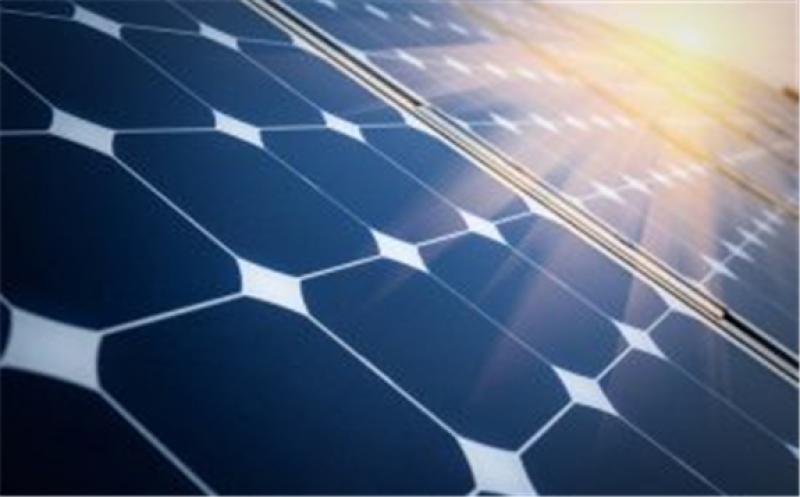A recent white paper, published by Pacific Northwest National Laboratory (PNNL) and supported by the US Department of Energy, explores the state of direct current (DC) lighting and building microgrid market and technologies.

What sparked this research, and what did you set out to achieve?
Gabe Arnold: This is part of a larger research and development effort by the US Department of Energy into DC building technologies. Our aim for this project was to characterize the current state of DC lighting technologies and their capabilities to directly integrate with photovoltaics (PV) and energy storage batteries as part of a DC building microgrid. We wanted to better understand the current state of the technologies, the benefits they can provide, the barriers to their adoption, and identify recommendations and next steps to move forward.
How do DC and alternating current (AC) building microgrids differ from each other?
GA: In a DC building microgrid, DC is distributed throughout the building. DC building loads can be powered directly from the DC supplied by PV panels and energy storage batteries without any AC-to-DC or DC-to-AC conversion. There is still a grid connection to AC power and an AC-to-DC conversion, but this occurs at the building level. And as a microgrid, the building does not depend on this grid AC power and is able to disconnect and continue to operate without the grid in the event of an outage.
Conversely, an AC building microgrid distributes AC from the grid throughout the building. The DC power supplied by PV panels and energy storage batteries must be converted to AC in order to connect to the building electrical system. It must then be converted back again to DC to power DC loads such as light-emitting diode (LED) lighting, computers, electronics, electric vehicle chargers, and some heating, ventilating and air conditioning (HVAC).
Does a DC microgrid provide benefits over AC?
GA: One significant benefit is energy savings. Eliminating DC-to-AC and AC-to-DC conversions between PV and energy storage batteries and the DC loads they power can save a lot of energy. Though more work is needed to better understand the savings in different applications, a 2017 study by Lawrence Berkeley National Laboratory found 10-18% potential energy savings at the building level. This is significant, and can help buildings meet the threshold of a Zero Energy Building, or even reduce the needed capacity and associated capital cost of PV and energy storage batteries for a building microgrid.
Beyond energy savings, eliminating this DC-to-AC and AC-to-DC conversion equipment can improve equipment reliability and reduce costs. Electrical conversions between AC and DC are often a point of failure for building systems, eliminating them both reduces the cost of equipment and associated maintenance.
What are the barriers for DC building microgrids?
GA: The most fundamental barrier is overcoming the status quo for how buildings have been powered for the last hundred years. DC electricity requires different standards and practices and there is a lack of awareness and knowledge of the technology and how to apply it. The good news is a lot of progress has been made and there are already several DC building microgrid installations, but there is more work to do.
Among the most significant barriers we heard in our research is the lack of available building technologies that eliminate the AC-to-DC conversion to accept DC power directly at their input, especially HVAC and electric vehicle chargers. Though these loads have no technical hurdles to accepting DC power at their input, manufacturers have been slow to offer these options. It’s a classic chicken-and-egg scenario, equipment manufacturers are unwilling to develop DC versions until there is a significant market developed, and a significant market cannot develop without more DC equipment options.
What are your top recommendations for addressing these barriers?
GA: Shifting wholesale to completely DC building microgrids will take time. The more likely scenario in the near term will be hybrid approaches that combine both AC and DC. Focusing efforts on applications where there is a strong value proposition for DC can help build the case and gain experience towards fully DC building microgrids. Our research found that LED lighting that accepts DC input is already becoming widely available and gaining adoption. Lighting is a great application to begin to apply the benefits of DC in a microgrid configuration.
Another example with a strong value proposition is electric vehicle chargers. DC fast chargers can require well over 100 kW of instantaneous power, demanding significant and costly electrical infrastructure at the grid interface to supply it. This infrastructure requirement can be reduced or eliminated if the vehicle charger is powered directly from DC provided by onsite PV and storage batteries. Moreover, vehicle chargers can save a lot of energy by avoiding AC-to-DC conversion in a microgrid configuration. We recommend focusing activities and installations on these high value applications to begin to realize the benefits of DC and build the case and experience for other technologies and applications in the future.
This article is reproduced at microgridknowledge.com